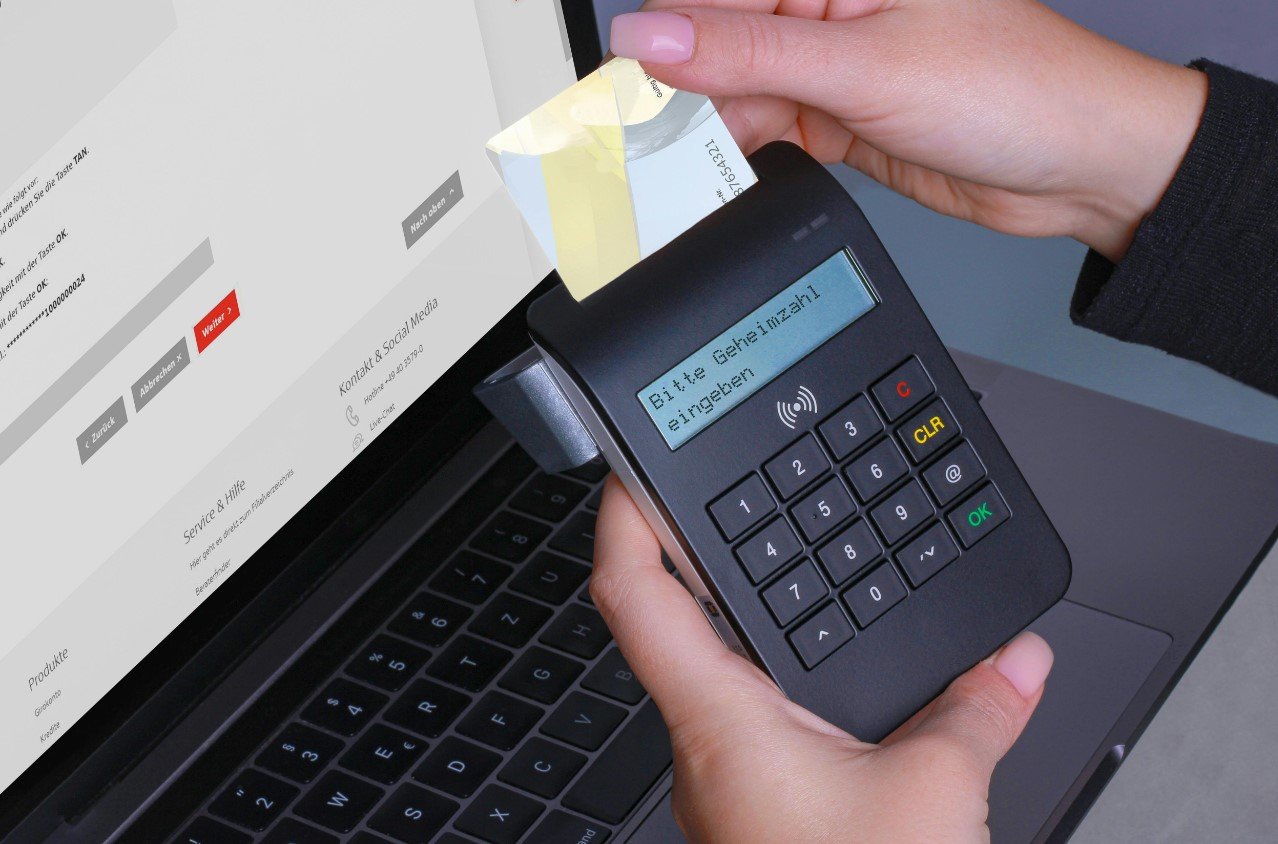Self-scanners in retail have sparked both enthusiasm and frustration among consumers and experts. While some appreciate the convenience of reduced contact with shop assistants and faster checkout, others find self-scanning a source of annoyance. Additionally, the specter of shoplifting looms over self-scanning checkouts, with theft becoming an increasing concern.
Traditionally, self-scanning has been prevalent in food retail and some drugstores. However, it is now gaining ground in fashion stores and sports retailers. Notably, brands like Uniqlo and Decathlon have embraced self-scanning technology, making the shopping experience smoother for their customers.

The Role of RFID Technology
At the heart of these improved self-scanning checkouts lies RFID (radio frequency identification) technology. Here’s how it works:
- RFID Tags: Instead of manually scanning each barcode, customers place items in a bin equipped with RFID antennas. These antennas read RFID tags attached to the products. Each tag wirelessly transmits encoded information about the item.
- Seamless Scanning: As items enter the bin, the computer automatically identifies them based on the RFID tags. No more tedious manual scanning! Uniqlo and Decathlon have successfully implemented this system, streamlining the checkout process.
- Theft Prevention: RFID technology also aids in theft prevention. When a product isn’t paid for, the alarm gates are triggered. Hosts or hostesses then identify the unpaid item, ensuring payment. The system reduces waiting time at checkouts by approximately 50%.
Challenges and Benefits
While RFID technology offers significant advantages, it’s not flawless. Occasionally, RFID radiation may be blocked by existing materials, leading to missed scans. However, retailers like Decathlon have found that RFID still enhances theft prevention.
In summary, RFID is transforming self-scanning checkouts, making them more efficient and secure. As retailers continue to adapt to changing consumer behavior, this technology plays a crucial role in the future of retail.









